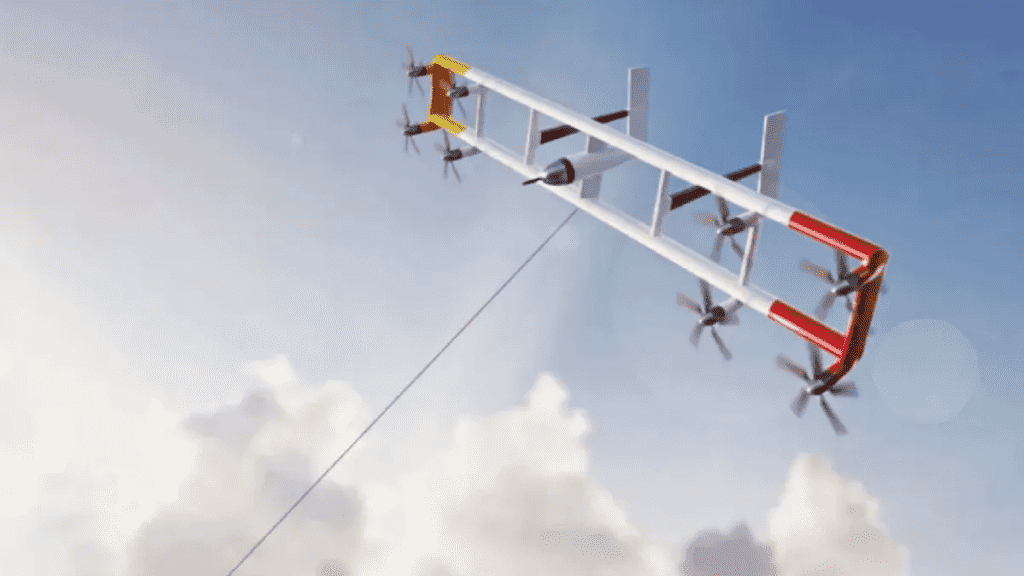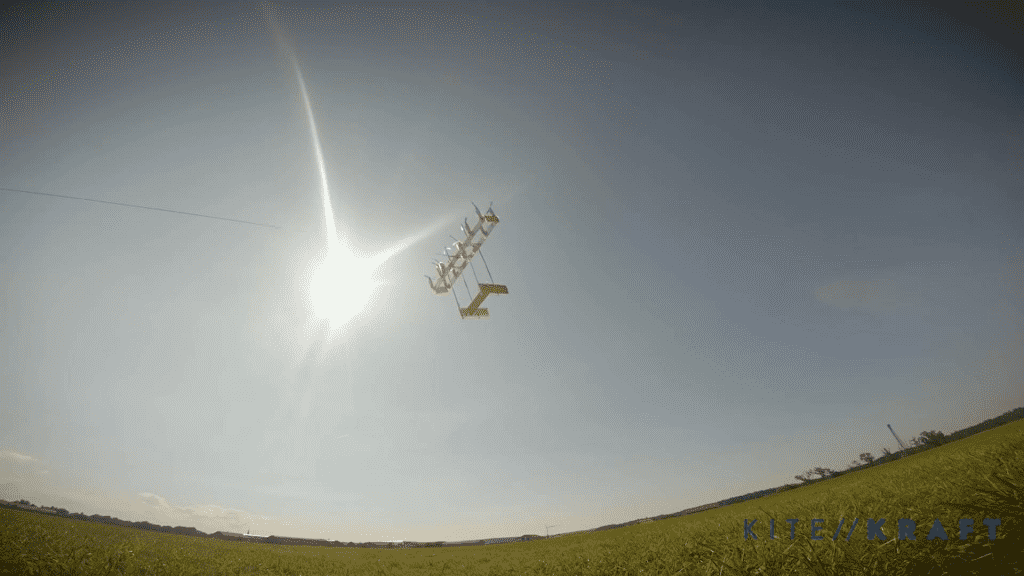New kites have been developed that take energy from the sky.
“It’s cheaper to manufacture, cheaper to transport, and also has higher efficiency,” tells Ars Technica Florian Bauer, co-CEO and chief technology officer of Kitekraft, a Munich-based company developing a kite power system. The carbon footprint is also much smaller, he says. “If you have all those advantages, why would anyone build a conventional wind turbine?”
One such company, KiteMill, explains the process as a three-step approach:
1. The kite
The kite is a specifically designed aircraft made from composite materials. It has a rigid structure and can withstand high-power winds. It has the form of a sailplane, and 4 propellers are only needed for taking off and landing. Once it is up in the air, the kite stays in the air by gliding on air currents smoothly. The kite is designed to move quickly and effortlessly while adding a high tractive force on the tether.

2. The tether
The kite is connected to the ground with the help of a tether. This tether changes the pull force from the kite to the ground-station generator. It is made of braided polyethylene fibers chosen for their one-of-a-kind endurance capabilities. These give the lowest diameter for the tether which is an essential factor for extracting energy from kite turbines. The material of the tether can tolerate different environmental conditions such as moisture and UV light.
3. The ground station
The ground station converts the tractive force from the tether to electricity. This electricity is taken to the power grid. A winch in the ground station is connected to the generator, which reels in and out the kite. The ground station has a control system that makes sure all flights are conducted safely and efficiently. It ensures optimal energy production as it controls the kite and the winch. Sensors mounted on the aircraft provide data points for the control system to steer and balance the aircraft.

The company states that its system can produce an average power of >1 hour of operation with continuous cycles at 5.5 kW.
Right now, none of the kite companies have produced energy in the megawatt scales needed to compete with other renewable energy sources.
The technology is based on sound scientific principles and paints an optimistic picture of the future.


